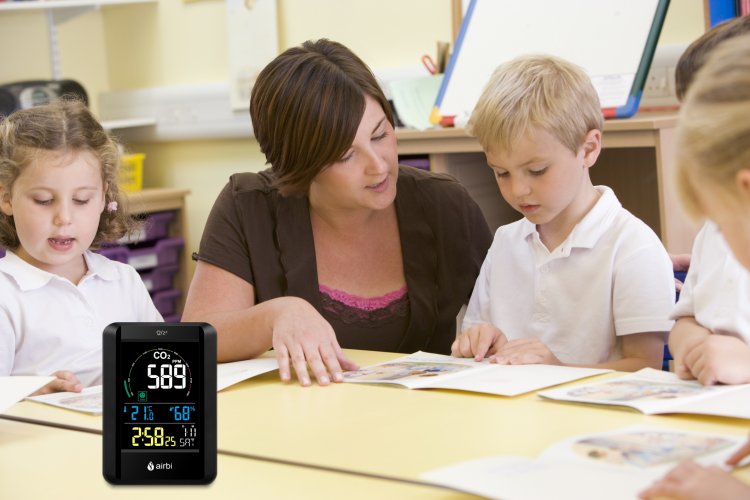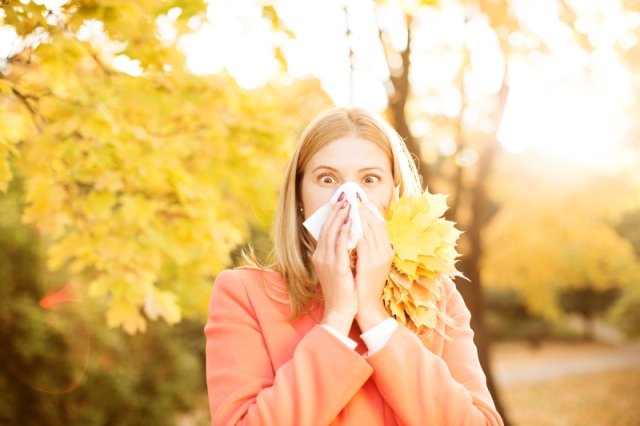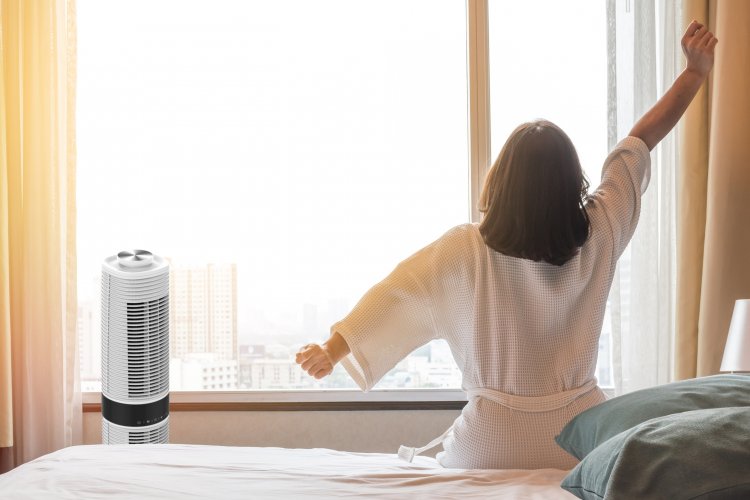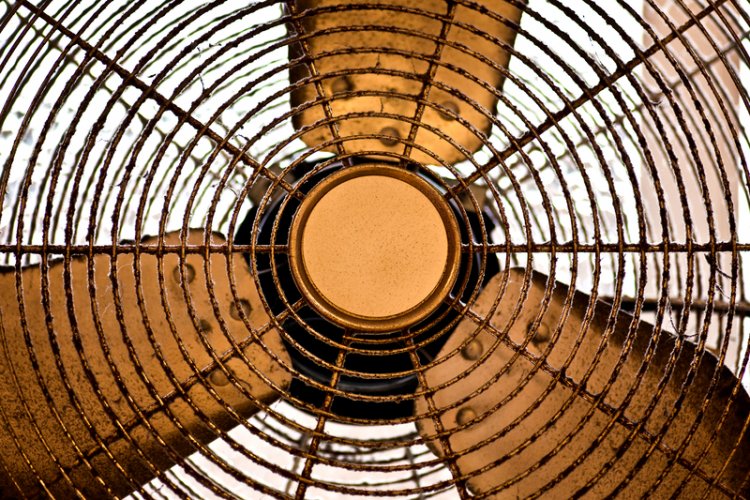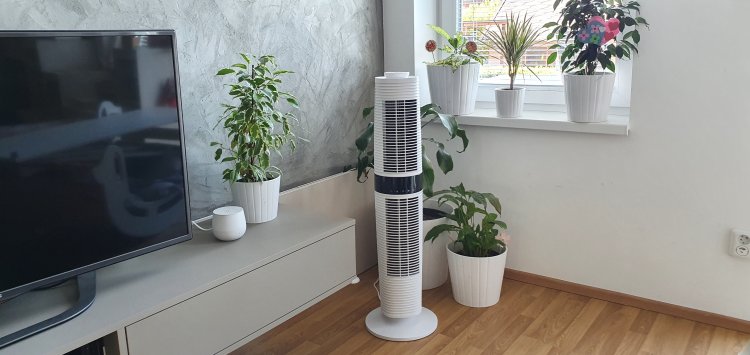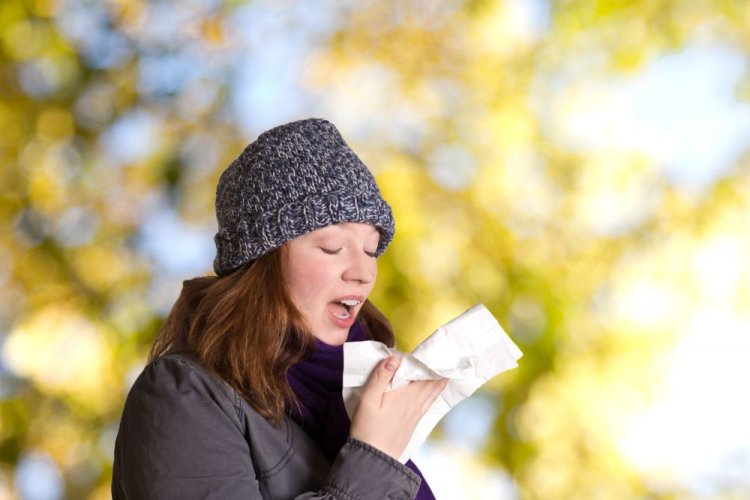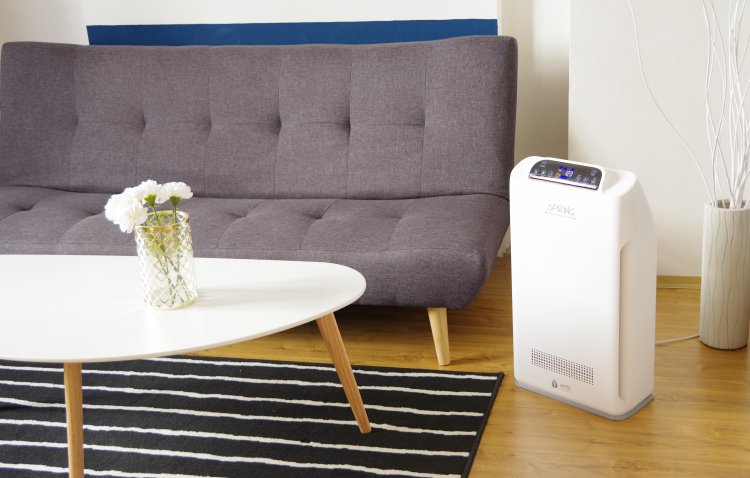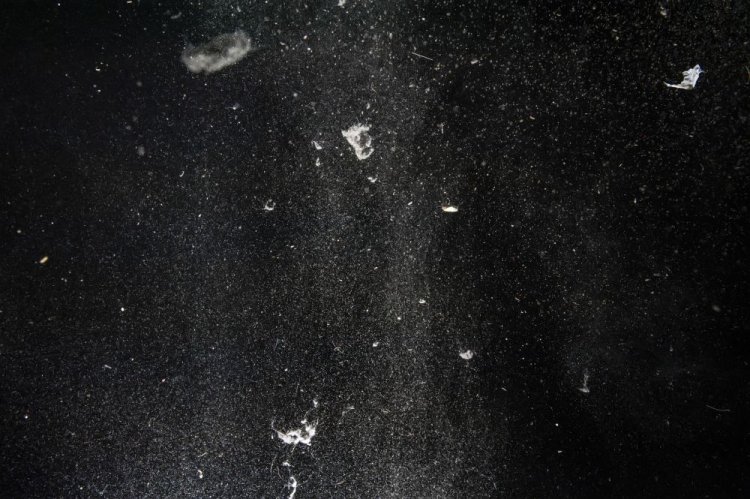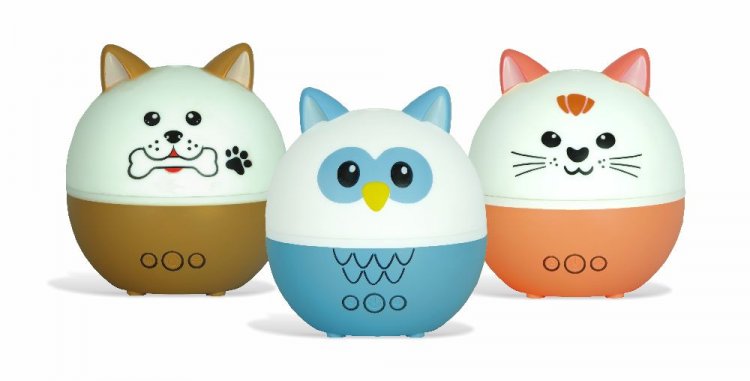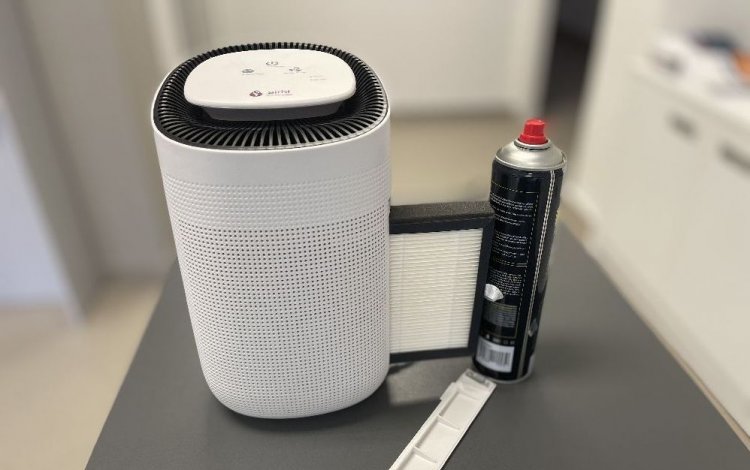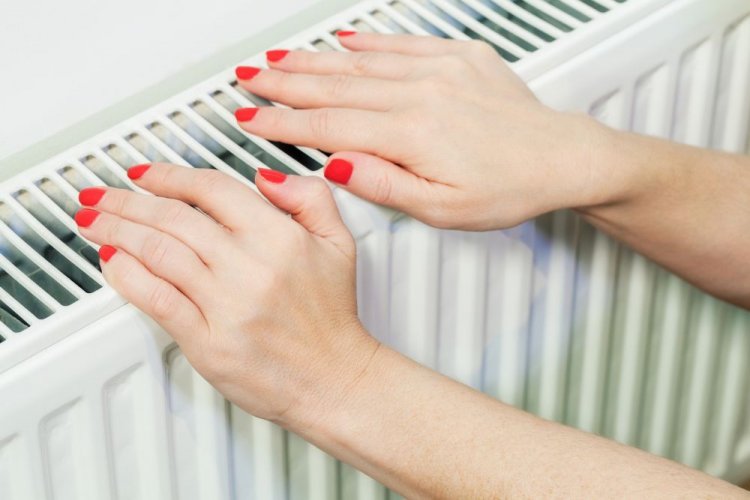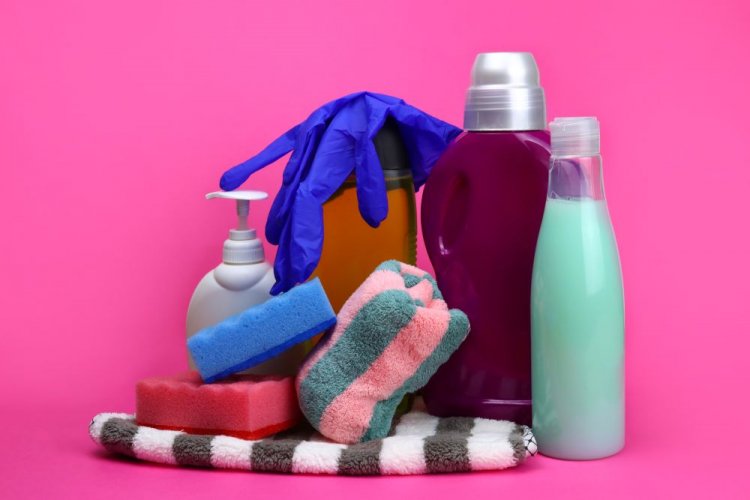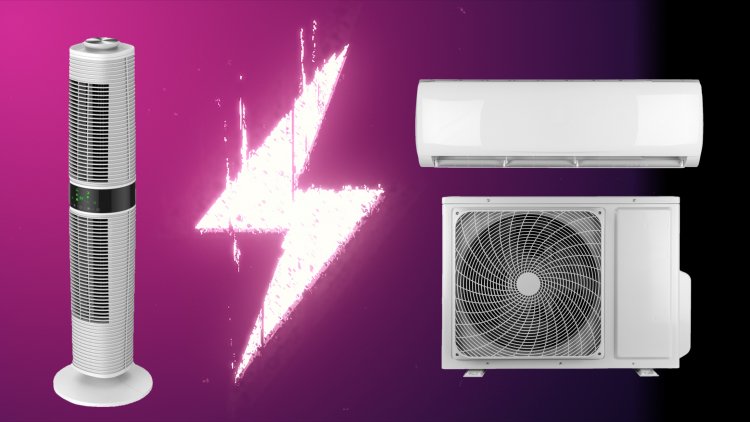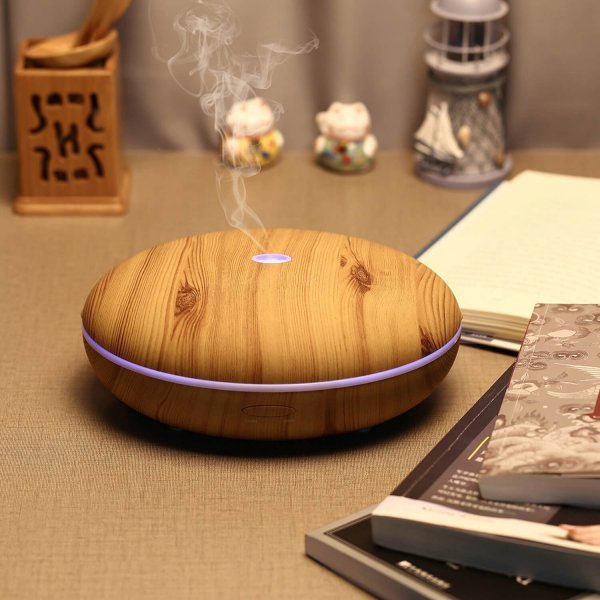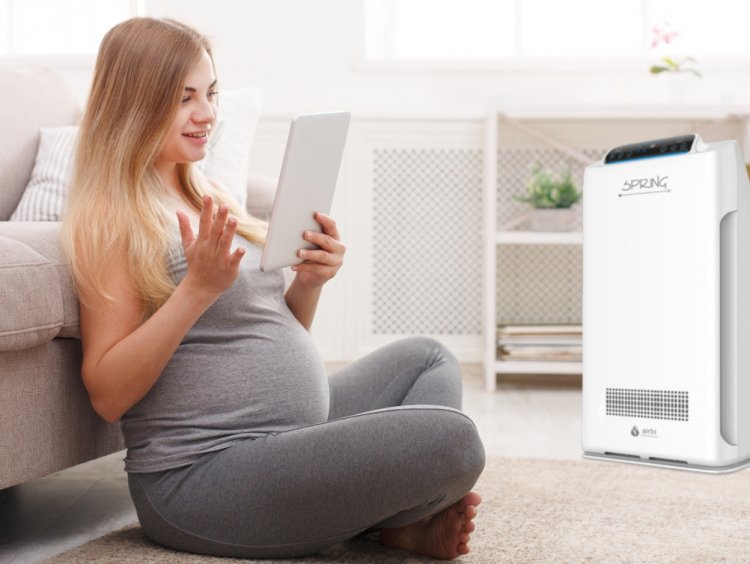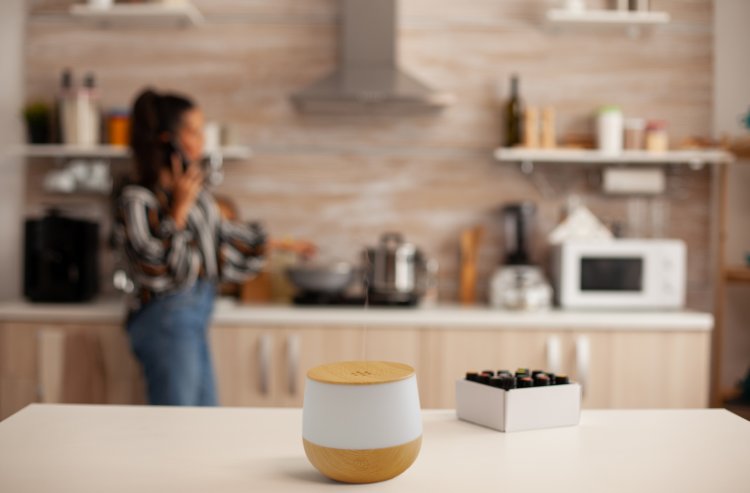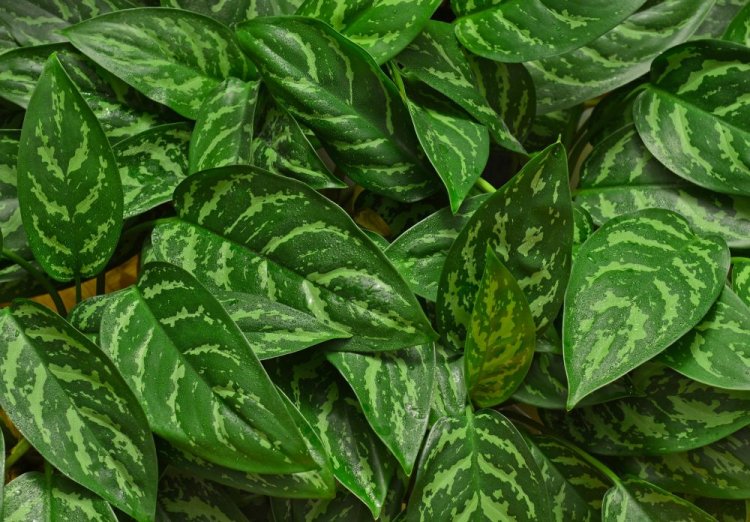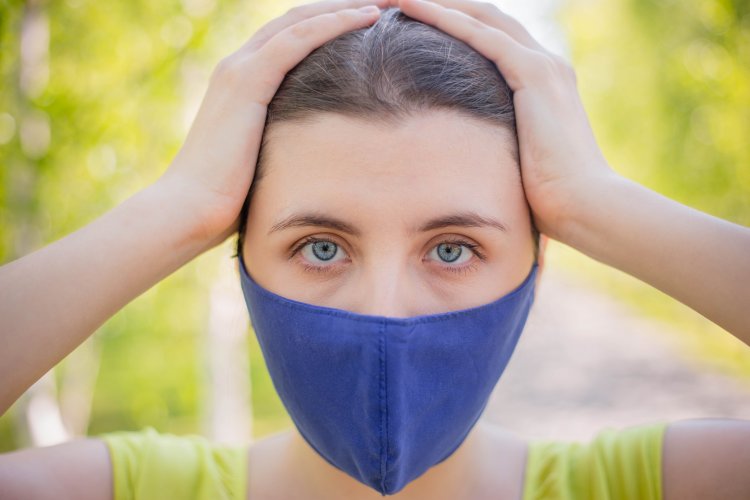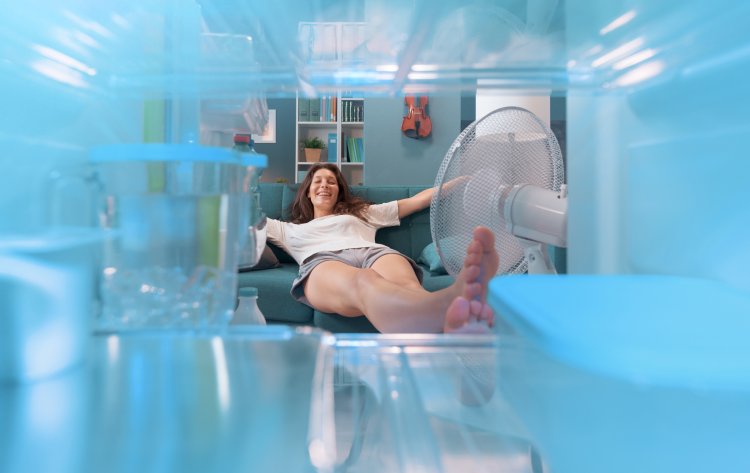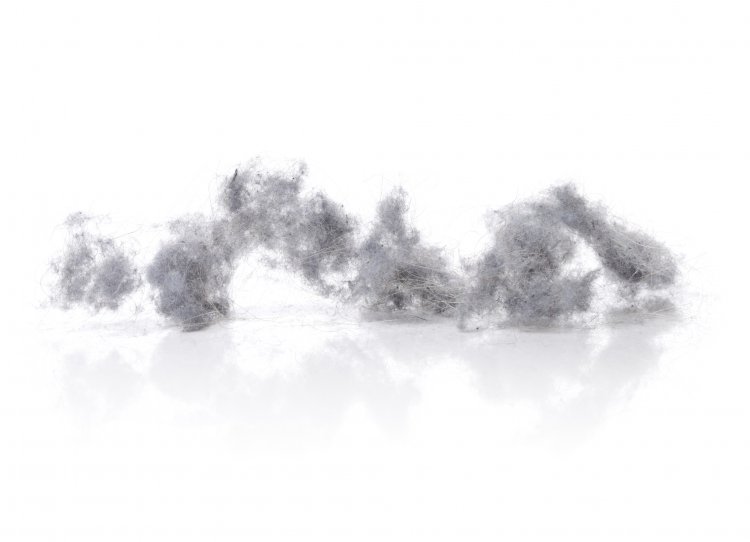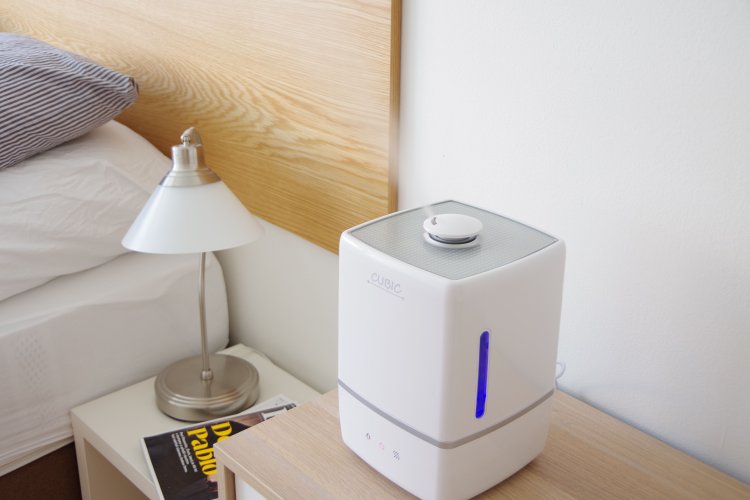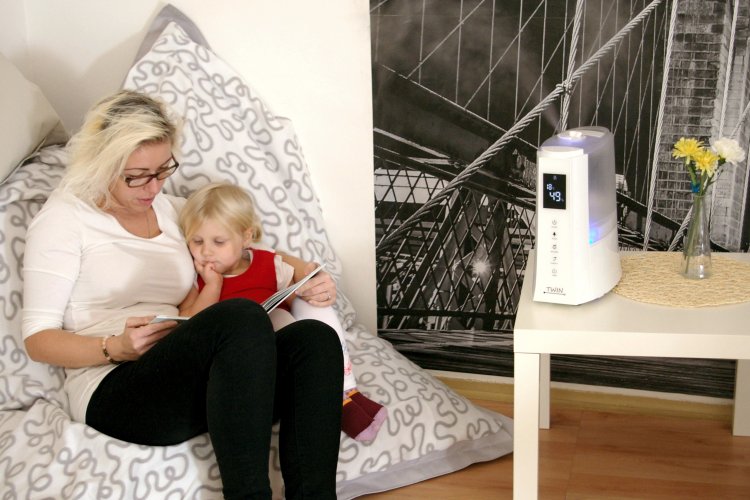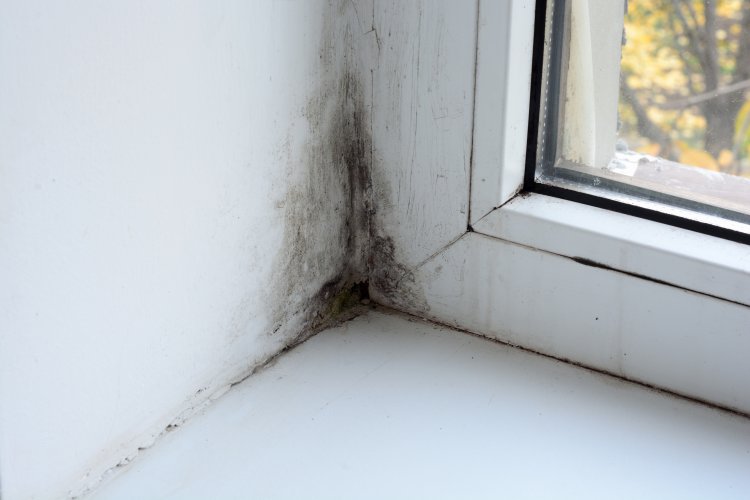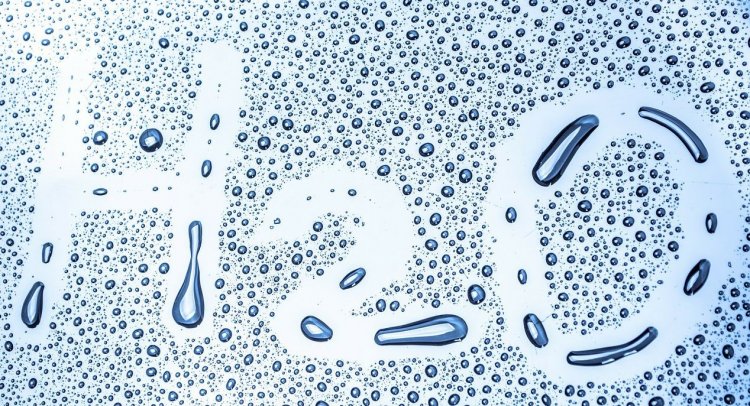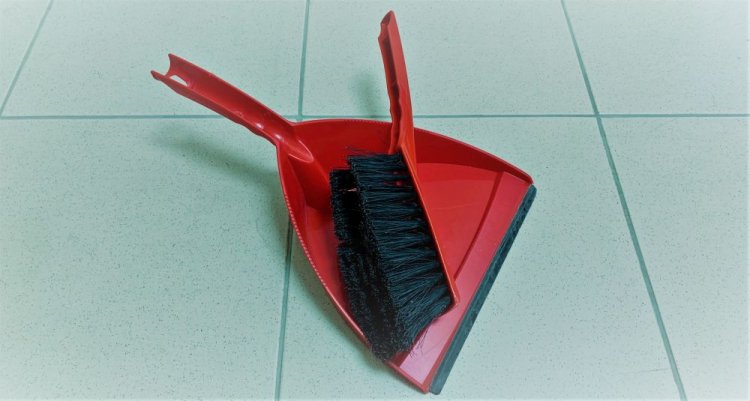

4 advantages (and 1 disadvantage) of desiccant dehumidifiers
Feb 20, 2025High humidity can be unpleasant. If you're choosing a dehumidifier, this brief overview of the advantages and disadvantages...
The correct level of indoor humidity has a key effect on our comfort and health. Relative humidity, which expresses the amount of water vapor in the air compared to its maximum saturation capacity, is an underappreciated factor in the air quality in our homes. An optimized relative humidity of around 50% should be the goal for maintaining a healthy indoor environment. This article focuses on problems associated with high humidity, ideal room humidity levels, and practical steps to maintain a stable temperature and optimal humidity.
Indoor humidity can have a huge impact on our well-being. Relative humidity describes how much water vapor is in the air compared to how much it could hold if it were saturated. Ideally, our indoor spaces should have a relative humidity of around 50%. But how many of us have a hygrometer at home to keep track of humidity and air quality? A common ignorance of this topic means that many households are dealing with general health problems that can easily be solved by changing the humidity in their indoor spaces, either up or down.

Airbi FRAME room thermometer and hygrometer
Problems associated with low humidity
Of course, we tend to turn up the heat during the colder months, but this can lead to dry air once the house warms up. Symptoms of low humidity include chapped and itchy skin, as well as irritated eyes and respiratory tract.
The essential function of pre-filtering the air in our noses is provided by mucus and moisture, which remove allergens and unwanted bacteria before they have a chance to wreak havoc. If the air around us is excessively warm and dry, we lose these vital layers of protection and make it easier for pathogens to enter our bodies.
A very quick and effective way to ensure sufficient humidity is to use air humidifiers. The really high-quality ones, such as the Airbi EVO WIFI, can be controlled comfortably even from work via a mobile application, so that you can enjoy pleasantly humidified air when you come home.

Airbi EVO WIFI remote control humidifier with natural evaporation
Problems associated with high humidity
High humidity is a common problem in the Czech Republic, because our increasingly well-insulated houses do not allow for natural ventilation. This leads to the accumulation of moisture and mold on the walls and windows of our houses and apartments. And since all living things need moisture and warmth to live, excessively humid interiors therefore create a perfect breeding ground for mold, mites and bacteria. And this can be the beginning of a big problem, especially for more sensitive individuals with respiratory conditions or allergies.

In addition to breathing difficulties, exposure to a humid environment for too long can also cause allergies or even skin problems. Everyone is at risk, but the elderly and young children are the most vulnerable.
Constant temperature - the key to a healthy environment
When the heating season comes, many households face the same problem year after year: alternating between heat and cold. The air gets pleasantly warm during heating, but as soon as the heating stops, the walls cool down and the air humidity in the room changes. Which is exactly the case for households where there is no heating at night or when their residents are away from home for a long time. At the same time, maintaining a constant temperature is one of the most effective ways to avoid excessive humidity.
Ventilate wisely
It may not seem like it, but you also have to be able to ventilate. When it's summer and the life-giving heat comes from outside and not from the heating, it's not a problem to have the windows open for a fan all day long. But it's completely different in the cold months, when we want to pamper ourselves indoors. In winter, therefore, shorter and more thorough ventilation is recommended, for example opening the windows wide for about 10 minutes three times a day. The best option is to make a draft at home, which will ensure a quick supply of fresh air to the rooms and the removal of moisture. And microventilation is not suitable for that at all.




